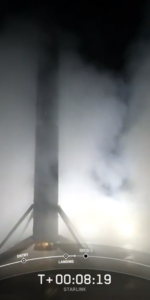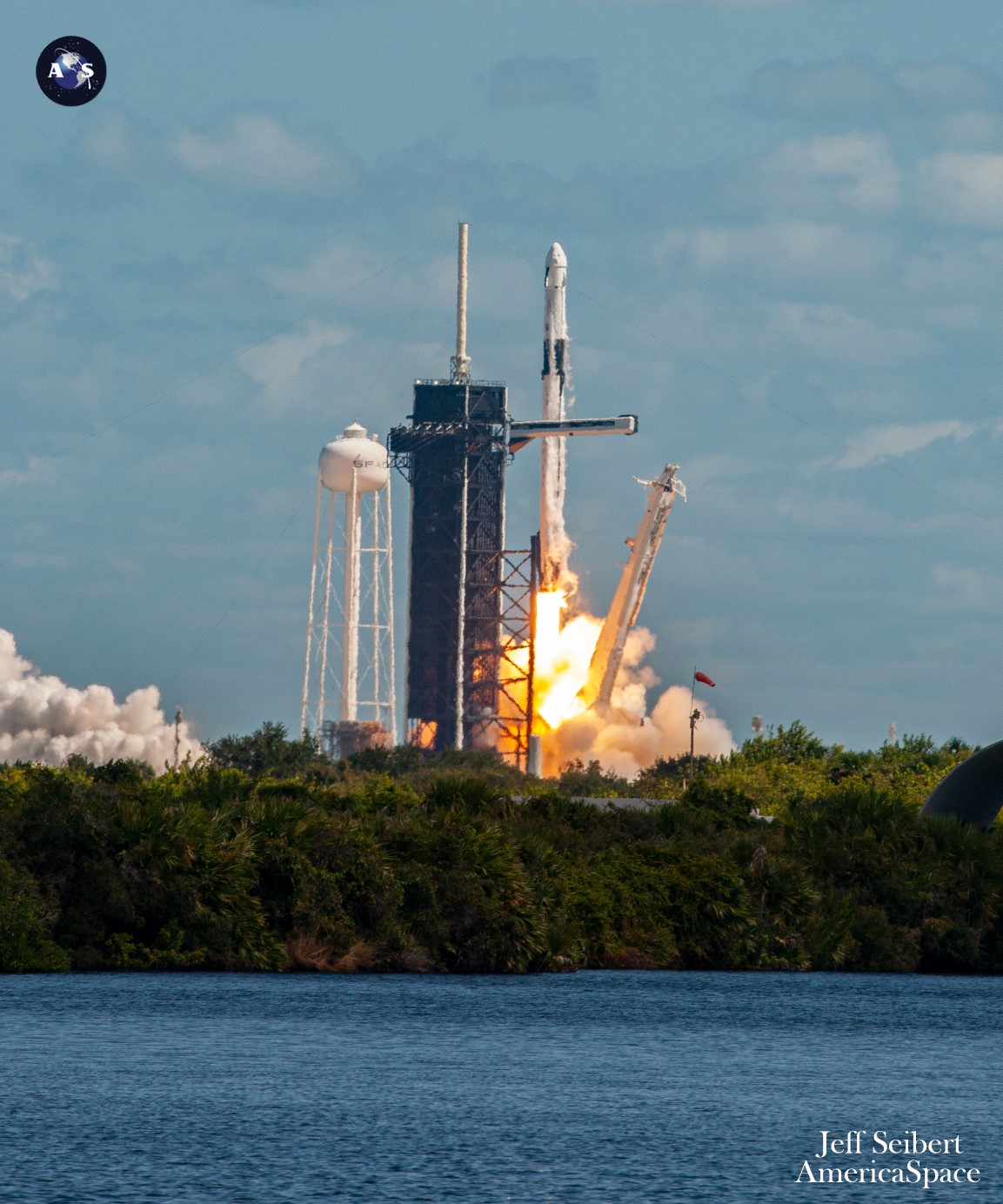
After a triple-header start to March—including a new crew for the International Space Station (ISS), the launching of the multi-customer Tranporter-10 payload “stack” and the month’s first batch of Starlink low-orbiting internet communications satellites—SpaceX will fly a pair of Falcon 9s from opposing coasts of the United States on Sunday evening, the organization has announced. Boosters with 26 prior launches between them will rise from storied Space Launch Complex (SLC)-40 at Cape Canaveral Space Force Station, Fla., and historic Space Launch Complex (SLC)-4E at Vandenberg Space Force Base, Calif., only three hours apart, carrying a combined 46 Starlinks and both aiming for pinpoint landings atop drone ships in the Atlantic and Pacific Oceans.
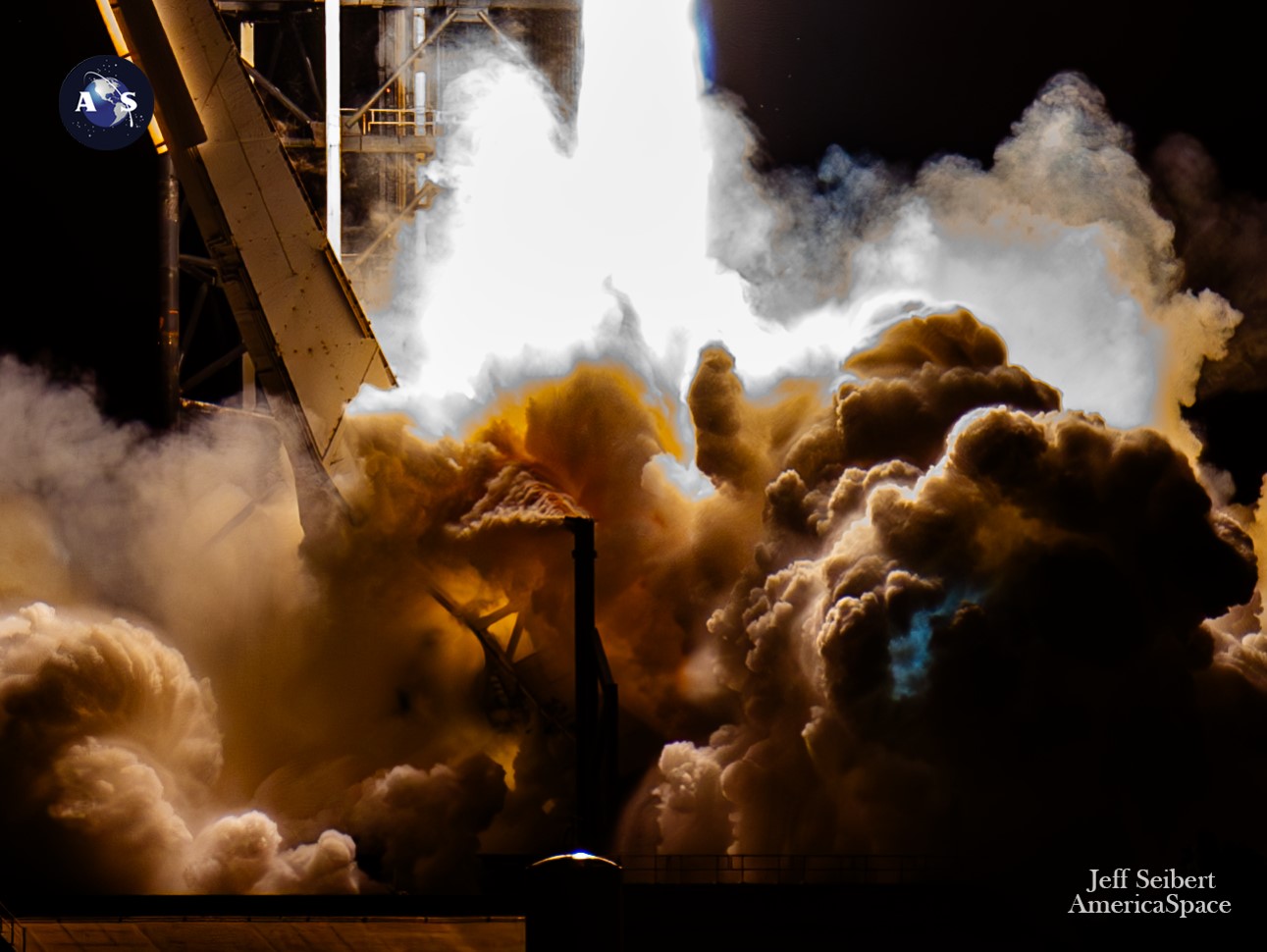
The month began with the launch of Crew-8 at 10:53 p.m. EST on Sunday, 3 March, which saw a brand-new Falcon 9 lift the history-making Dragon Endeavour and four humans—NASA astronauts Matt Dominick, Mike Barratt and Jeanette Epps, plus Russia’s Aleksandr Grebenkin—on a journey to the space station after several days of weather-related delay. And late Monday, 4 March, the Hawthorne, Calif.-headquartered organization broke its own record, set last 29 December, for the shortest interval between pairs of Falcon 9 flights, lofting two missions only one hour and 51 minutes apart.
First up for tomorrow night’s double-header is B1077, making her 11th flight in only 17 months. Since her maiden outing in October 2022, this booster has deployed over a hundred Starlinks, crewed and uncrewed missions to the ISS, a pair of geostationary communications satellites for Intelsat and Inmarsat and the latest Block III Global Positioning System (GPS) navigation and timing satellite on behalf of the U.S. Space Force.
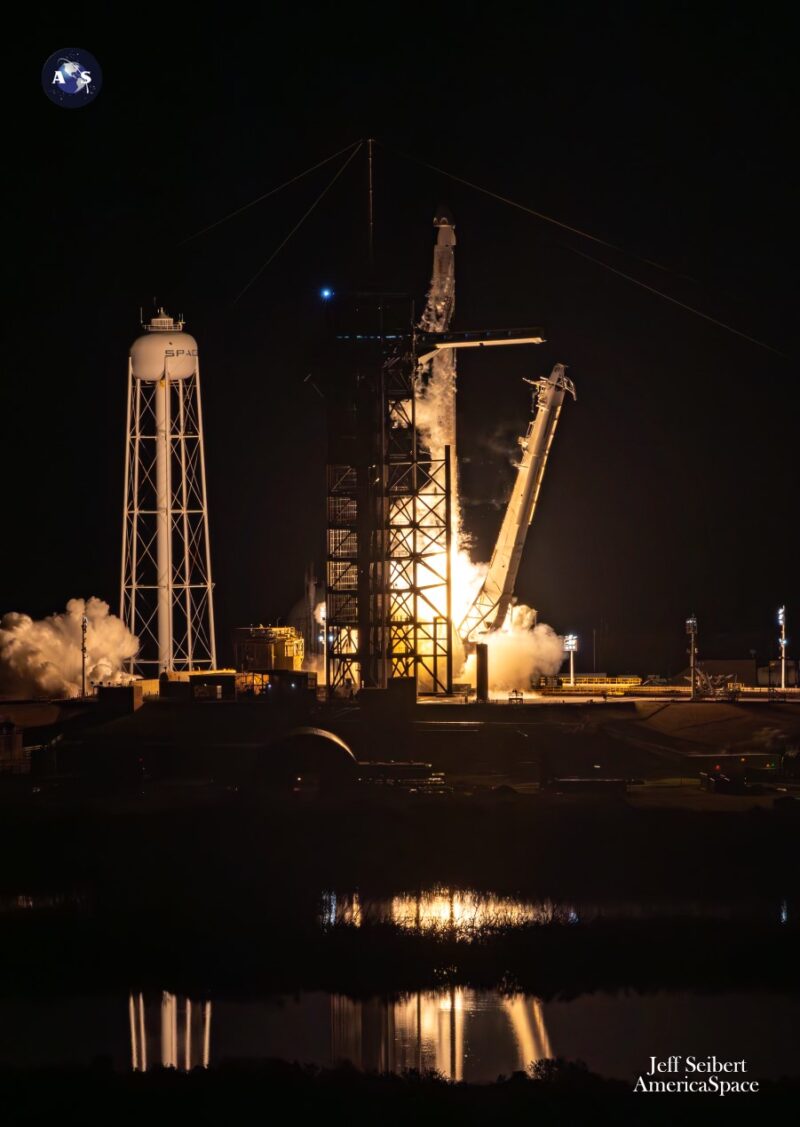
Most recently, at the end of January B1077 became the first Falcon 9 to launch cargo missions for both of NASA’s in-service Commercial Resupply Services (CRS) partners. Having already flown a Cargo Dragon to the ISS in June 2023, she was first in the SpaceX fleet to also lift a payload-laden Northrop Grumman Corp.-built Cygnus.
In readiness for tomorrow’s launch, the East Coast-based Autonomous Spaceport Drone Ship (ASDS), “Just Read the Instructions”, departed Port Canaveral on Friday, bound for a recovery position about 390 miles (630 kilometers) offshore in the Atlantic Ocean. SpaceX is aiming for a suite of T-0 points which extend from 7:05 p.m. EST through 11:03 p.m. EST Sunday, with deployment of the 23-strong Starlink stack—weighing in the region of 40,600 pounds (18,400 kilograms)—expected at 65 minutes and 21 seconds into the flight. Backup opportunities are available on Monday evening from 6:40 p.m. EST.
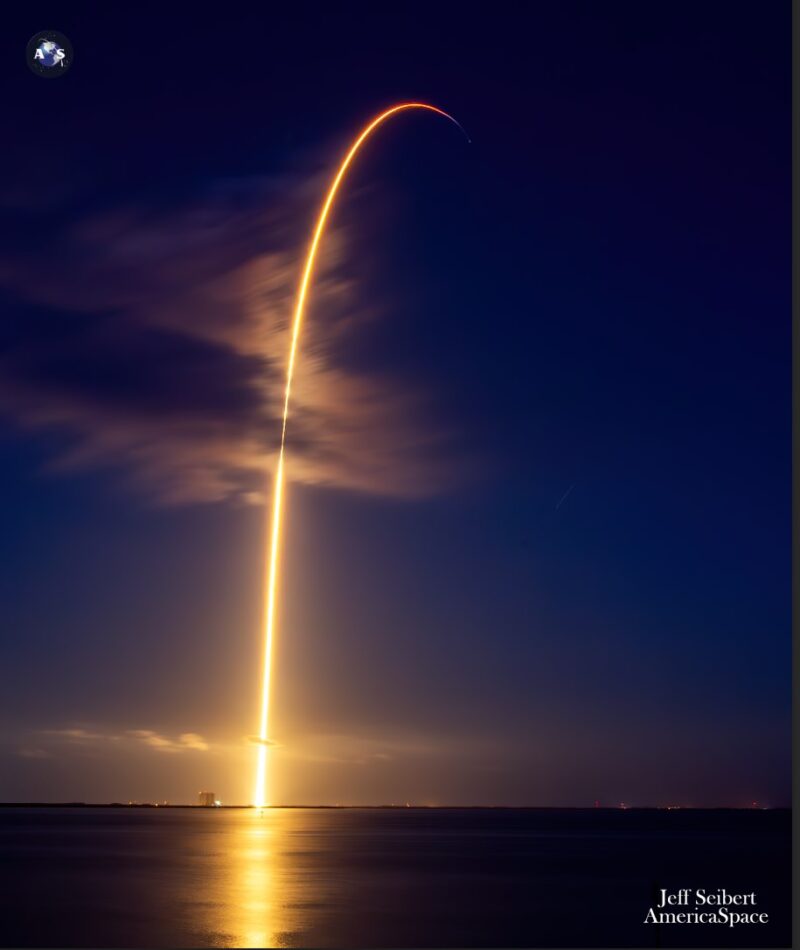
On the opposite seaboard, at Vandenberg, the 16-times-used B1063 core is awaiting its own liftoff from SLC-4E during a four-hour “window” of opportunities from 7:13 p.m. PST through 11:13 p.m. PST. Deployment of her own 23-strong Starlink payload is anticipated some 61 minutes and 54 seconds into the flight.
If both missions launch at the opening of their respective windows, they will rise from Earth just over three hours apart, the third-fastest turnaround between any two Falcon 9 missions behind last December’s and last week’s pairs of launches. And if the East Coast launch slips deeper into its window and the Vandenberg mission flies on time, that gap might narrow still further.
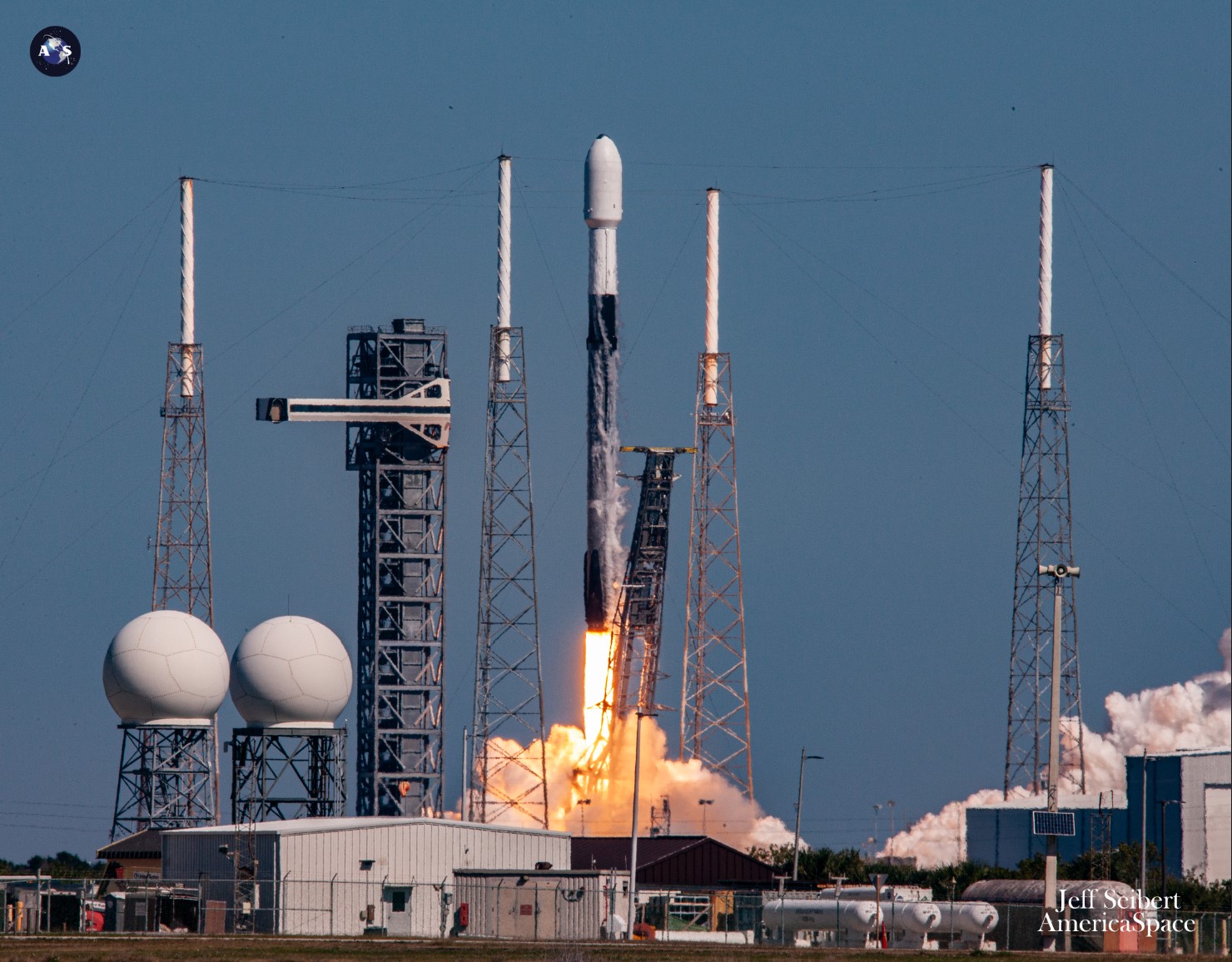
B1063 entered service in November 2020 and went on to log two launches in 2021, another five in 2022 and an additional seven last year. Key payloads included NASA’s Sentinel-6 Michael Freilich and Double Asteroid Redirection Test (DART), the second Tranche 0 batch of Transport and Tracking Layer (TTL) satellites for the Space Development Agency (SDA), five Iridium NEXT global mobile communications satellites, 16 advanced broadband satellites for London, England-based OneWeb, 472 Starlinks and last April’s 51-payload Transporter-7 “rideshare” mission.
Upcoming, SpaceX is looking to No Earlier Than (NET) Thursday, 14 March, for the third Integrated Flight Test (IFT-3) of the 394-foot-tall (120-meter) Starship/Super Heavy stack out of its Starbase facility in Boca Chica, Texas. Earlier this month, the behemoth was put through a full day-of-launch dress rehearsal, during which engineers loaded over 10 million pounds (4.5 million kilograms) of liquid oxygen and liquid methane propellants and conducted a flight-like countdown to T-10 seconds.
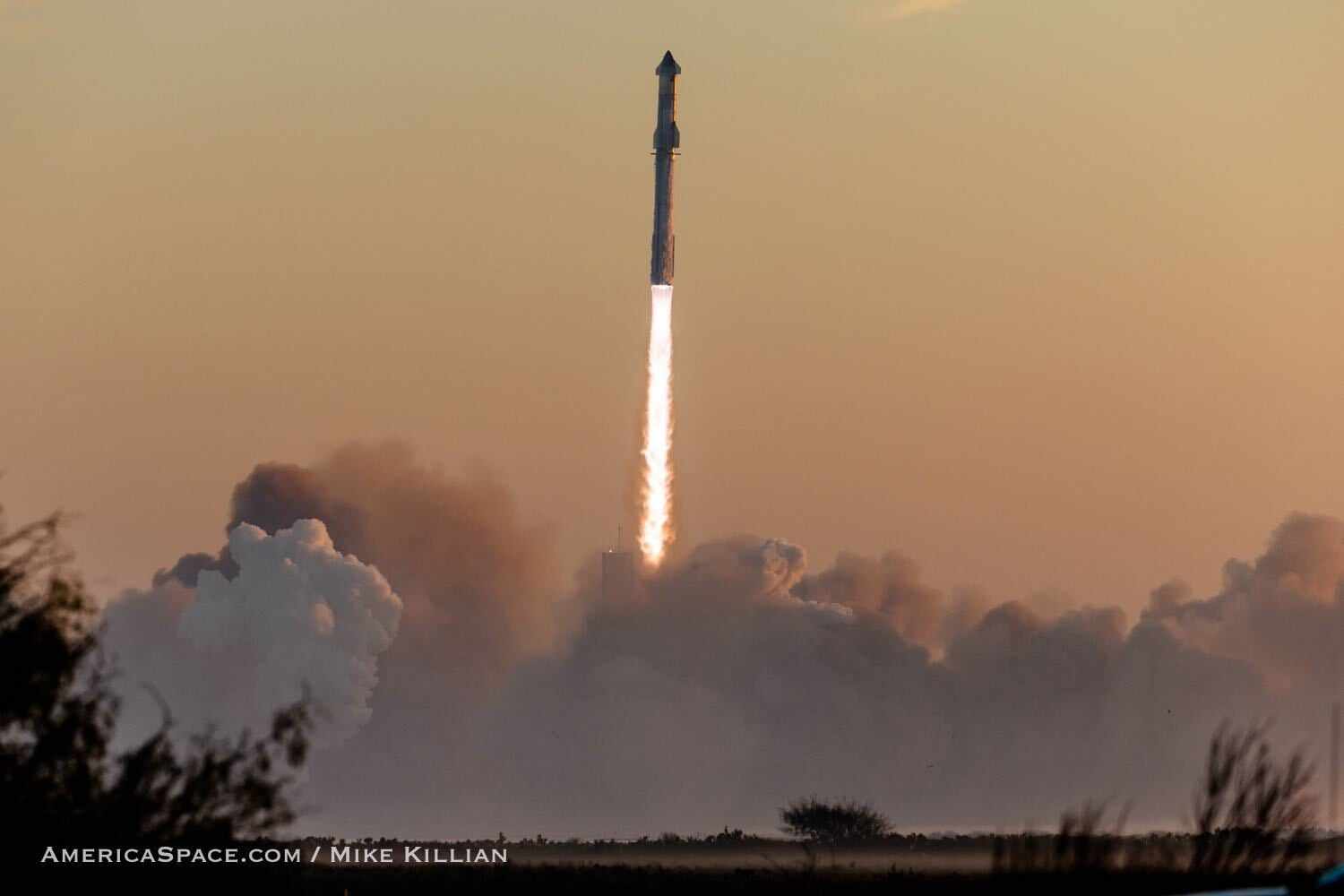
As its name suggests, IFT-3 is the third fully integrated Starship/Super Heavy flight, following two earlier launches last 20 April and 18 November. Powering aloft under 16.7 million pounds (7.5 million kilograms) of thrust from its 33 Raptor engines, the vehicle is currently the most powerful orbital-class rocket ever launched.
Last April’s IFT-1 mission saw the stack establish a new record for the greatest liftoff impulse of any booster in history, greatly exceeding the 7.5 million pounds (3.4 million kilograms) of the long-retired Saturn V, the 8.8 million pounds (3.9 million kilograms) of the Space Launch System (SLS) on November 2022’s Artemis I mission and even the Soviet Union’s N-1 rocket, which reportedly produced 10.2 million pounds (4.6 million kilograms) during each of its four failed launch attempts between February 1969 and November 1972. However, although IFT-1 cleared the Boca Chica launch pad and attained altitude, it suffered a multitude of technical maladies which ultimately conspired to an untimely—though visually spectacular—demise.
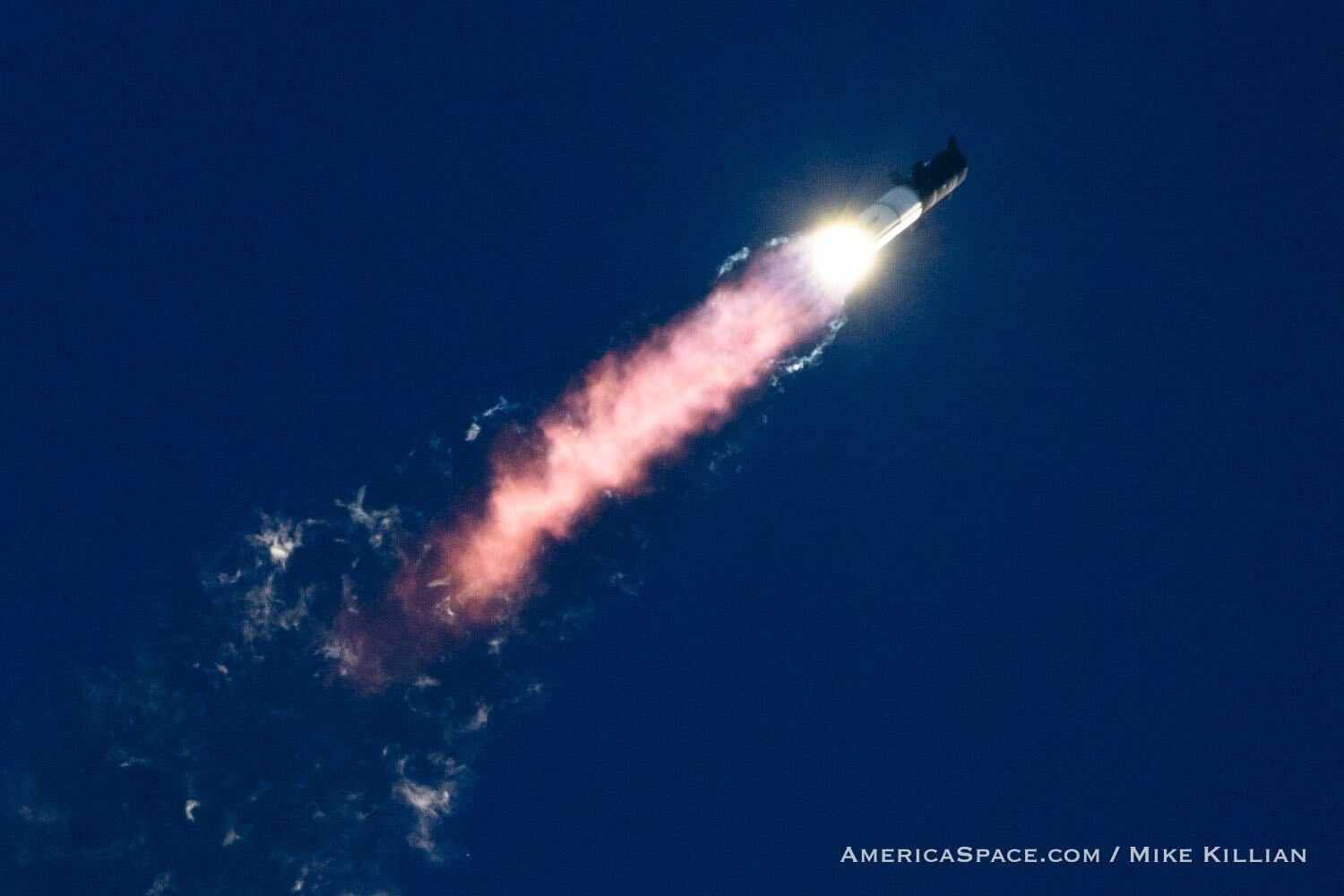
Last November’s IFT-2 saw all 33 Raptors burn successfully through to Main Engine Cutoff (MECO), followed by a satisfactory “hot-staging” exercise as the 233-foot-long (71-meter) Super Heavy was discarded and executed a flip maneuver and an (almost) wholly nominal burn profile of the six Raptors aboard the 164-foot-long (50-meter) Starship itself. But as the stack headed out over the Gulf of Mexico, the Autonomous Flight Safety System (AFSS) issued a destruct command to destroy the vehicle.
“The third flight test aims to build on what we’ve learned from previous flights, while attempting a number of ambitious objectives, including the successful ascent burn of both stages, opening and closing Starship’s payload door, a propellant transfer demonstration during the upper stage’s coast phase, the first-ever relight of a Raptor engine while in space and a controlled re-entry of Starship,” SpaceX noted. “It will also fly a new trajectory, with Starship targeted to splashdown in the Indian Ocean. This new flight path enables us to attempt new techniques like in-space engine burns, while maximizing public safety.”




